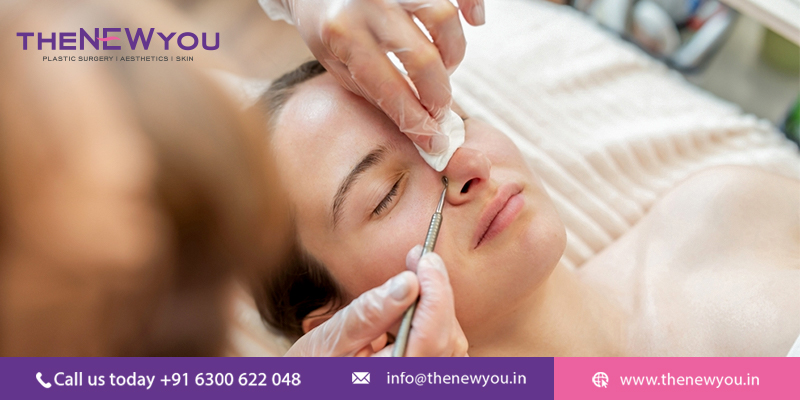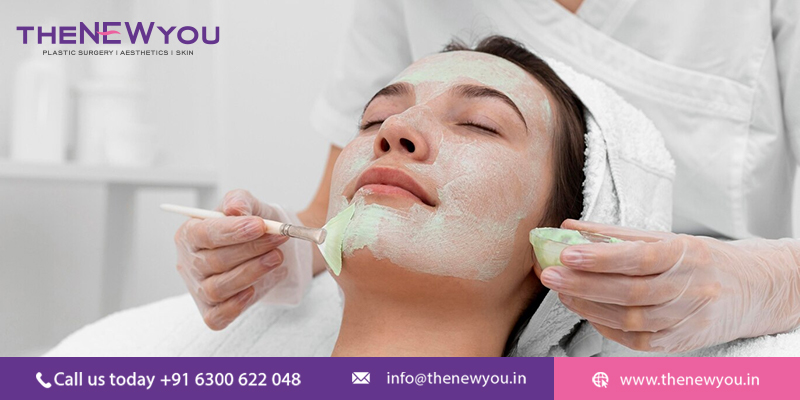Fungal acne is caused by the overgrowth of a normally occurring fungus, Malassezia. The characteristic appearance of fungal acne includes a bunch of small inflamed red bumps on the skin that become itchy and at times forms a group together.
On the body, this infection occurs more in areas with hair follicles, such as the chest, back, and face. It is not lethal but could be chronic. It might lower your self-esteem and confidence.
You should know more about the causes, symptoms, and fungus acne treatment options so that this skin condition can be easily avoided. So today, we will go into more details about fungal acne and learn to recognize and eliminate this problem.
What is Fungal Acne?
Fungal acne is one of the most common skin disorders misdiagnosed as ordinary acne. Basically, it is Malassezia folliculitis.
It is caused by an overgrowth of fungus that is yeast-like in nature and which inhabits as a normal flora in the human skin.
However, in contrast to the regular acne, fungal acne normally manifests in small red bumps or whiteheads around hair follicles on the chest, back, and face.
What Does Fungal Acne Look Like?
Fungus acne broadly manifest in the forms of red, small bumps, whiteheads, scaling or flaking, and skin itching.
In most cases, it is found in hair follicle areas like the chest, back, and face
Causes of Fungal Acne
A combination of the following factors may lead to fungal acne:
- Malassezia Overgrowth: An imbalance in flora of your skin may be responsible for its overgrowth.
- Warm, Humid Environments: Areas on the scalp and trunk offer an ideal condition for fungal growth
- Occlusive Clothing: Tight clothes made from synthetic materials can retain moisture in and favour the growth of the fungus.
- Immunosuppression: Puts the patient with low immunity status at risk.
- Corticosteroids: A long-term use of topical/oral corticosteroid creates an imbalance in the skin and favours the growth of fungi.
Symptoms of Fungal Acne
Different people exhibit different signs of fungal acne, but the most common ones exhibited include :
- Small reddish pimple on the face
- Pustules or whitehead
- Itching
- Burning in some cases
It is critical to note that fungal acne shares all the symptoms with normal acne, and therefore you should see a dermatologist to obtain the proper diagnosis.
How To Treat Fungal Acne on Face?
Treatment of fungal acne is targeted at eliminating the responsible fungus and preventing further development. Some common fungal acne on face treatment includes:
- Over-the-counter antifungal cream: In mild cases, application of creams or products containing ketoconazole and clotrimazole may suffice.
- Prescription of antifungal meds: If more severe, then antifungal creams the dermatologist can prescribe are potent, like oral meds.
- Selenium sulphide shampoo: This is mainly used to treat dandruff. Selenium sulphide shampoo may be useful for killing the number of fungi on the skin.
- Lifestyle Modifications: Avoid wearing tight clothing, showering immediately after exercise, use a mild cleanser, etc
Fungal Acne Treatment Near Me
If you are experiencing fungal acne, you should seek medical attention, as a dermatologist would inspect it and diagnose the best treatment for you. Find a dermatology clinic near your house.
To keep fungal acne away, here are some considerations:
- Keep the skin clean: Washing is essential, but it should not be done harshly. This should be done with a mild fragrance-free cleanser, especially designed for the purpose of washing out the trapped oil in the skin, along with the sweat.
- Avoid occlusive clothing: Dress loosely in more breathable fabrics and avoid tight clothes that tend to hold sweat close to the skin.
- Keep humidity away: Use air conditioners or dehumidifiers, whichever possible, in your space.
- Be stress-free: High amounts of stress might deteriorate the skin condition. Incorporate stress-reducing activities into your lifestyle.
Fungal Acne Treatment in Hyderabad
The moment you are diagnosed with fungal acne, it becomes highly relevant to opt for professional treatment. The doctors will be able to identify the acne and provide the right recommendation for treatment.
At The New You Clinic in Hyderabad, we offer full-fledged management of skin, among which fungal acne management is present. This is possible with the help of our highly skilled dermatologists.
Most cases can be controlled by over-the-counter treatments, but in persistent or bad cases of fungal acne, it is always important to seek medical treatment.
Final Words
The fungal acne is an annoying and rather uncomfortable skin condition but very easy to cure.
Knowing how to identify symptoms and keeping a lookout for triggers, along with proper care routines, might help one attain clearer skin.
It is very important to consult a dermatologist if over-the-counter treatments fail to work so that you can get the proper diagnosis of the infection and further the right treatment course.
Remember, patience and consistency are keys to overcoming fungal acne and having healthier skin.
Though difficult, maintaining good skin hygiene, keeping away from irritants, and being free from stress can help in preventing its recurrence. You can make some difference by regaining back your confidence and a clear complexion through proper care.
Frequently Asked Questions
What causes fungal acne?
Fungal acne is caused by an overgrowth of the Malassezia yeast. Common triggers include warm and damp weather, occlusive clothing, or an immune system weakened by a current illness or condition.
How will I know if I have fungal acne?
Over-the-counter antifungal creams containing ketoconazole or clotrimazole are helpful. Good skin hygiene, loose clothing, and mild cleansers also play an important role.
When should I see a dermatologist for fungal acne?
If the over-the-counter medications don’t work out or if the condition is worsening, consult a dermatologist. This is because treatment will include prescription medications which will help you heal faster.
Can fungal acne be prevented?
Although the fungal acne is preventable, the practices that have been emphasized on reducing the risk of the infection include proper hygiene of the skin. You must prevent the skin from sweating. You should avoid breathable fabrics, not to cause excessive sweating.







